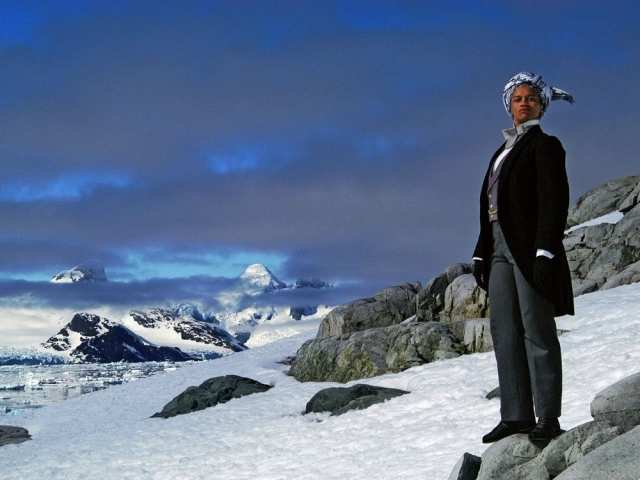Kevin Griffin: Published on: June 15, 2016
In the contemporary art world, the language used to talk about art is often as dull as a quarterly corporate report. It steers clear of poetry, devalues emotion and elevates dry intellectual concerns above all others.
The idea that a work of art might want to provoke a strong response or that someone might feel something is often considered a sign of failure in the art and weakness in the viewer.
Jonathan D. Katz, a leading U.S. art historian, challenges that notion with an art exhibition at the Queer Arts Festival. Drama Queer looks at emotion and emotional engagement as an alternative to the traditional intellectual and formalist understanding of art that has come to dominate the art world.
Katz said the idea for the Drama Queer came indirectly from a 1966 essay by Gene R. Swenson for an exhibition called The Other Tradition on the overlooked role of emotion in modern art. Katz said while almost all the artists chosen by Swenson were gay or lesbian, Swenson couldn’t talk about sexuality because of the era’s homophobia. But since then, society has changed so that scholars such as Katz can specialize in studying where art history and queer history overlap.
“We have stinted attentiveness to emotion in favour of intellectual and formal qualities,” said Katz, an associate professor at the State University of New York at Buffalo.
“I wanted to return to it because fundamentally our response to art is, so often, but not always, emotional.”
Drama Queer is framed in a queer context that might appear to exclude people who don’t define themselves as queer, a word that was once exclusively pejorative but is being reclaimed and used to describe not only lesbians and gays but people of all genders who transgress traditional ideas of normalcy. But Katz said the exhibition is also about what we share in common such as concerns about personal security, happiness and love.
Even if viewers consider themselves straight, he hopes the work will emotionally connect with people. Queer emotions, he said, are contradictory: they’re both different from and similar to what everyone else experiences.
“Very often we have a misunderstanding of our emotional relationship with others so that if they don’t reflect us we don’t see ourselves in them,” he said.
“This show is about how those who might be quite other in many respects reflect us.”
As an example, he cited Moj of the Antarctic. The photographs in Drama Queer are based on Mojisola Adebayo’s one-woman play that was inspired by Ellen Craft, a 19th-century African-American slave who passed not only as white but also as a man.
One of the photos shows a close-up of the face of Moj wearing a top hat and formal men’s clothes with tears streaming down her blackface.
Grounded by Laura Aguliar is in Drama Queer. Vancouver Sun
The photographs were shot in Antarctica by Del LaGrace Volcano, a self-described “gender abolitionist.” Born with male and female characteristics, Volcano lived for 37 years as a woman and now lives as both male and female.
“It’s a series of works of someone who is born black, who is literally in an (Antarctic) landscape, all white, and is in blackface and crying,” Katz said about Moj of the Antarctic.
“So often we live emotional lives that are either performed for others or that we seek sort of sequester or hide ourselves behind a facade. I think people will come to understand, especially as they move through the exhibition, how often the emotional realities that simmer just beneath the surface of appearance are actually the defining ones.”
Katz doesn’t believe sexuality is in and of itself enough for an art exhibition. It needs to be linked to other forms of identity such as ethnicity, gender and class.
“One of the things I’m very proud of is that my notion of queerness is one that seeks to decentre hetero-normativity but it doesn’t depend on what you yourself as an artist practise,” he said in a phone interview from Buffalo.
“I love it when straight people make queer art.”
Katz is arguably the best known queer art historian and curator in the U.S. One of the highest profile exhibitions he co-curated was the groundbreaking Hide/Seek exhibition in 2010 at the Smithsonian Institution’s National Portrait Gallery in Washington, DC. Hide/Seek was the first time a major U.S. art museum looked at sexuality and its influence on modern American portraiture. But the show led to complaints by a Roman Catholic group and Republicans in Congress over a film that showed ants crawling on a crucifix by David Wojnarowicz. The Smithsonian succumbed to pressure and pulled the film from the exhibition.
7 Devils Dead by Attila Richard Lukacs is one of more than 80 works in Drama Queer in the Queer Arts Festival at The Roundhouse Community Centre. Vancouver Sun
Katz was asked to curate an exhibition at the Queer Arts Festival by artistic director SD Holman when he was in Vancouver last year for a panel during the The Mainstreeters art exhibition.
Katz said yes to Holman because of the freedom the Queer Arts Festival would give him in picking a theme.
“I tend to do lots of exhibitions, but I tend to work with big museums and big museums have requirements,” he said.
“There was a lot of freedom associated with the arts festival that I appreciated. For this one I wanted a wide open, complicated and chewy topic. I wanted one that offered lots of points of purchase for Canadian, U.S. and European artists. That’s exactly what we have.”
Drama Queer features more than 80 paintings, photographs and sculptural works by 23 artists, some whose work is well known but many who will be showing in Vancouver for the first time. Artists in the show include Cassils, Joey Terrill, Laura Aguilar and Monica Majoli along with Attila Richard Lukacs and Angela Grossmann from Vancouver, Kent Monkman from Toronto and 2Fik who is from Morocco and France and now lives in Montreal.
Katz said even though emotion is often discredited, even by activists, it can be the most effective way of political engagement.
“If you can affect a change in an individual internally, then you’ve got them,” he said.
“Whereas if you just convey a slogan, you may have their immediate attention, but you won’t have changed anything. It’s the emotional experiences that people remember and live with.”
Drama Queer: Seducing Social Change is part of the Queer Arts Festival 2016. The exhibition opens Tuesday, June 21 and continues to Thursday, June 30 at The Roundhouse Community Centre. Katz will be on a curator panel Wednesday, June 22 at 7 p.m. at The Roundhouse.
View original article here

